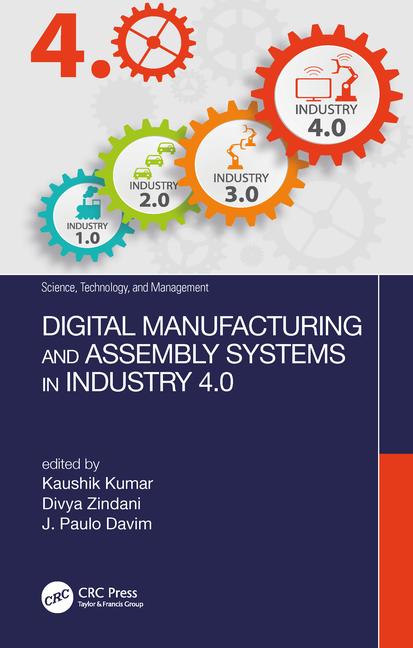
Because Orbita’s watchwinder assemblies feature suede-covered frames, the company chose low-pressure accumulation conveyors made of plastic to move them. Photo courtesy Conroll Corp.
Originally hand-made and assembled one at a time, the company’s watchwinders are now produced in regular production runs in the hundreds. Nevertheless, Mark Lampkin, vice president of manufacturing for Orbita, seeks more company growth through reduced part handling and increased output.
This goal led Lampkin to attend the Promat material handling show in Chicago in March 2011. Lampkin was hoping to find a low-cost conveying system that offered in-line nonsynchronous transport of Orbita’s in-process components.
Flat top plastic chain conveyor systems are usually used for this purpose, but their sliding plastic chain can easily scuff Orbita’s suede-covered assemblies. Conventional conveyor roller systems also were not an option because their rollers are typically too wide (1.9 inches in diameter) for many of Orbita’s small assemblies (3.5-inch running surface).
While at Promat, Lampkin learned about the Mini ShaftDrive low-pressure roller accumulating system recently introduced by Conroll Corp. In many ways, the Mini ShaftDrive system resembles line-shaft conveyors commonly used in material handling. Conroll has simply shrunk the line-shaft system design and fit all the drive elements within the anodized aluminum side frames. There are no exposed belts or other moving parts other than the rollers themselves.
The system’s conveyor modules feature 1.3-inch-diameter rollers on 1.5-inch centers that can convey items as small as 3 inches with low pressure accumulation. Lampkin realized that the system could efficiently move Orbita’s small assemblies.
Lampkin also liked that the rollers are made of plastic and fitted with slip-clutches. The plastic does not leave scuff marks on the assemblies, and the slip-clutches prevent the rollers from rotating under accumulated loads. Best of all, the system’s per foot cost is less than half that of flat top plastic chain systems.
The Mini ShaftDrive features a 0.5-inch-diameter hardened steel line shaft that is supported by several prelubricated needle bearings. Each carrying roller is individually driven by round polyurethane belts, which are wrapped around acetyl spools that are mounted and slip on the powered line shaft.
Sufficient torque moves Orbita’s assemblies smoothly and quietly along the conveyor, yet loads can accumulate on the line with minimal back pressure. Roller direction is reversed by flipping a switch. If required, photo eyes and or timers can be installed for periods when the system is dormant.
Conveyor speed is adjustable from 10 to 80 fpm and can be changed by turning a knob or using a remote control. Different sections of rollers can be set to different speeds.
The conveyor module is 5 feet long, and it comes in two versions: a powered unit with motor drive, and an add-on unit that can be connected with a jaw-type coupling to create a 10-foot conveyor. Longer runs can be accomplished by connecting additional modules.
For information about low-pressure roller conveyors, call 877-805-4292 or visit www.conroll.com.







